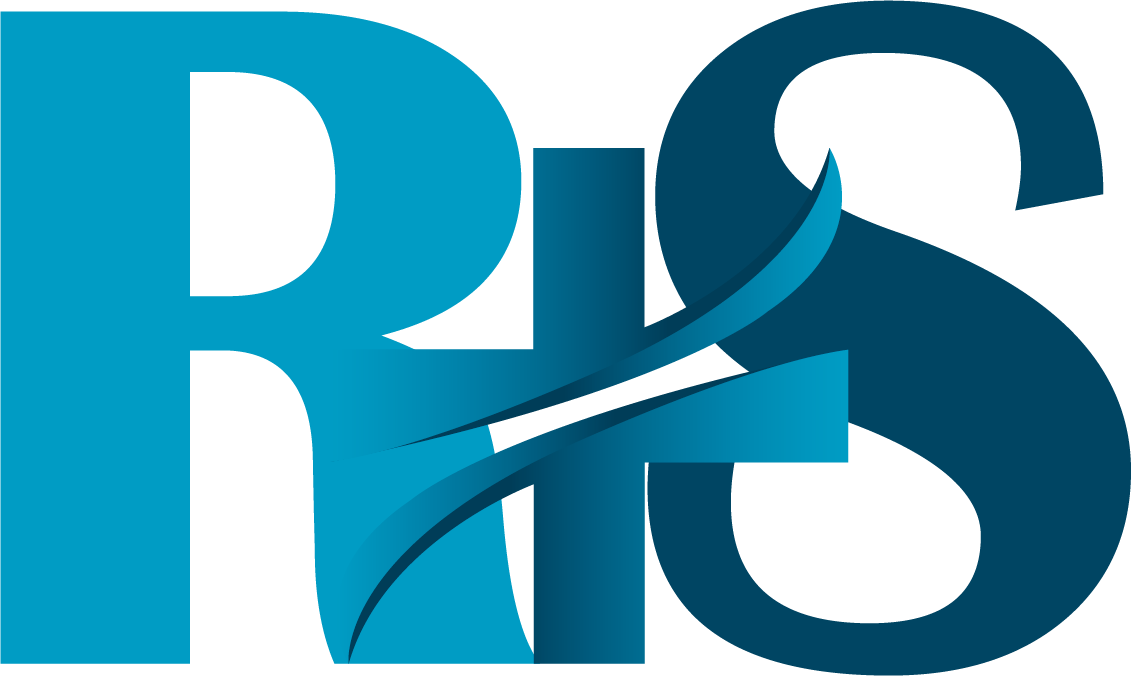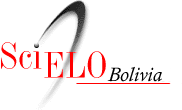Victims body position at the scene of death
DOI:
https://doi.org/10.52428/20756208.v13i34.490Keywords:
Scene of death, Victim, Cadaveric positions, Evidence collection, Criminal justiceAbstract
Bodies always adopt final positions or posture at the time of death. This article describes the different cadaverous positions taking the lying down posture (denominated decubitus kind) as the base of specifics. Among types of cadaverous positions we have: dorsal, ventral or prone, straight lateral, left lateral, frog position, genu pectoral position, sitting position, complete suspension, incomplete suspension, complete submersion, incomplete submersion, positionsubmersion, incomplete submersion, position of roser or proetz, boxer position, asymmetric cervical tonic position, fetal position, depage position. Considering the limbs position we have: arms extension, arms in abduction, arms in flexion, legs in extension, legs in abduction and legs in flexion. In case of murder event, dead body positions help us to determine the probable homicide dynamic, the cadaverous positions give us hints of different trends of the occurrence of the crime, as well as homicide, suicide, or the related events when the individual had already suffered an accident by careless or produced by someone. The body posture at the scene of death is also important to determine if the body was moved of position or from place and the correct forensic interpretations, therefore forensic medic should take part in the removal of the body
Downloads
References
Código de Procedimiento Penal Boliviano. Ley 1970 de 24 de marzo de 1999. La Paz, Bolivia: Ministerio de Justicia Dirección General de Asuntos Jurídicos. 1999.
VILLAVICENCIO J. Criminalística. México: Ed. Instituto de formación profesional, procuraduría general de justicia del Distrito Federal. 1978.
SIMONIN C. Medicina legal judicial. Barcelona, España: JIMS. 1972
VILLAVICENCIO M. Procedimientos de Investigación Criminal. México: LIMUSA. 1974
CARVAJAL H y colaboradores. Manual de Medicina Legal en Emergencias (Tomo Dos). Sucre: imp. Aguila del sur. 1era edición. 2017. Depósito legal nro. 3- 1- 682- 16. Número ISBN: 978- 99974- 75- 08- 4. R. A. SENAPI Nro. 12098/2017.
SIMONIN C. Medicina Legal Judicial. Barcelona, España: JIMS. 1972, p. 207.
SIMONIN C. Medicina Legal Judicial. Barcelona, España: JIMS. 1972, p. 208.
INSTITUTO DE MEDICINA LEGAL DEL PERÚ. Guía Médico Legal, Evaluación Física de la Integridad Sexual, segunda versión. Lima, Perú: Instituto de Medicina Legal del Perú "Dr. Leonidas Avendaño Ureta". p.40
VARGAS S, SOLANO L y BONILLA R. Análisis Médico Legal de los Homicidios en Costa Rica en el 2008. Costa Rica: Rev. Medicina legal de Costa Rica. 2010; 27(2). ISSN 1409-0015.
SODERMAN H. y O'CONNELL J. Métodos Modernos de Investigación Policiaca. México: LIMUSA. 1972.
PATITÓ J. Tratado de Medicina Legal y Elementos de Patología Forense. Buenos Aires, Argentina: Editorial quorum. 2003.
CASTILLO M. Manejo del Cadáver en la Escena del Crimen. El grado académico de licenciada en ciencias jurídicas y sociales. Universidad Rafael Landívar. Guatemala 2014. P. 15.
ROLDÁN J. y SOLANO l. Medicina Legal. Costa Rica: Departamento de medicina legal. Organismo de investigación judicial. Poder judicial. Medicina legal de Costa Rica, 2001, p. 18.
PALOMO J. y RAMOS V. Papel del Médico forense en la Inspección Ocular y Levantamiento del Cadáver. Málaga, España: Cuadernos de medicina forense. 2004. p. 36, 41-57.
UGALDE J. El Derecho a la Autopsia Médico Legal: el Caso del Privado de Libertad. Revista latinoamericana de derecho médico y medicina legal, 1998-1999. Costa Rica. P. 33-38.
Código Penal Boliviano. Decreto Ley 10426 de 23 agosto de 1972. Elevando a rango de Ley el 10 de marzo de 1997, ley 1768. La Paz, Bolivia: República de Bolivia. 1997.

Downloads
Published
How to Cite
Issue
Section
License
Copyright (c) 2018 Hugo Eduardo Carvajal Oviedo, Erika Sakuma Calatayud , Gladys Betty Chambi Cahuana, Edgard Earl Petersen Kelley y Higüi Delgado Zarate

This work is licensed under a Creative Commons Attribution 4.0 International License.
Authors who publish with this journal agree to the following terms:
- Authors retain copyright and grant the journal right of first publication with the work simultaneously licensed under a Creative Commons Attribution License 4.0 that allows others to share the work with an acknowledgement of the work's authorship and initial publication in this journal.
- Authors are able to enter into separate, additional contractual arrangements for the non-exclusive distribution of the journal's published version of the work (e.g., post it to an institutional repository or publish it in a book), with an acknowledgement of its initial publication in this journal.
- Authors are permitted and encouraged to post their work online (e.g., in institutional repositories or on their website) prior to and during the submission process, as it can lead to productive exchanges, as well as earlier and greater citation of published work.






















